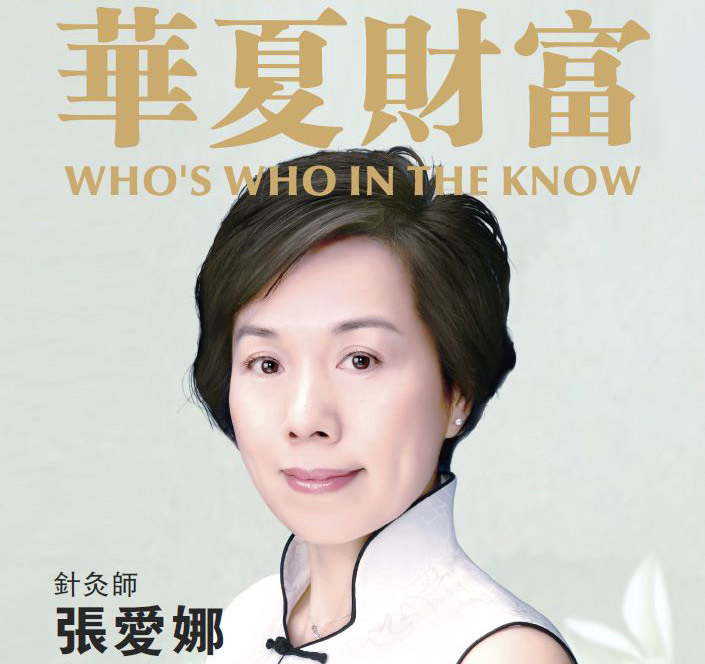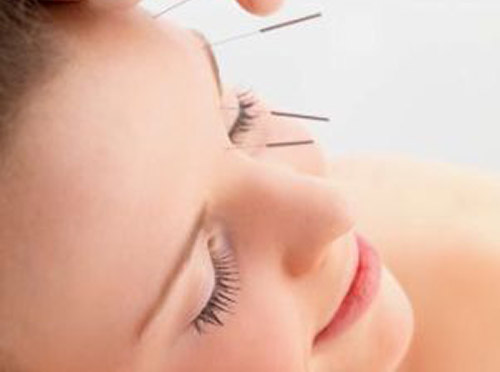In China, archeologists has found stone and jade acupuncture needles, Bian Shi (砭石), dating back to 3000 B.C. in northern China. However, the first written reference of acupuncture was from The Yellow Emperors Classic of Internal Medicine (黄帝内经), which dated back to 230 BC.
The Yellow Emperor (黄帝), in a famous dialogue with his physician Qi Bo (岐伯), discussed the whole spectrum of the Chinese Medical Arts. These conversations would later become the monumental text – The Nei Jing (内经). The Nei Jing is the earliest book written on acupuncture and Chinese Medicine. It was believed to be compiled around 230 BC by many physicians and it consists of two parts:
- The Su Wen (素问)or (Plain Questions), introduced anatomy and physiology, etiology of disease, pathology, diagnosis, differentiation of syndromes, prevention, yin-yang, five elements, treatment, and man’s relationship with nature and the cosmos.
- The Ling Shu (灵枢)or Miraculous Pivot focused on Acupuncture, with description of the meridians, functions of the zang-fu organs, nine types of needles, functions of the acupuncture points, needling techniques, types of Qi, location of 160 points.
From B.C. Up to Modern Times
During the Waring States Era (420-220 B.C.) metal needles replaced the stone needles. Some gold and silver needles were found in an ancient tomb dating back to 110 BC. The Miraculous Pivot names nine types of Acupuncture needling techniques. Other historical Records had noted that many physicians were practicing Acupuncture during that period of time.
Another milestone for this period was the compilation of the Nan Jing (难经)or Book of Difficult Questions in .The Nan Jing discusses five element theory, tongue diagnosis, eight extra meridians, and other important acupuncture aspects. It was the first major improvement made to The Yellow Emperors Classic of Internal Medicine
From 260-265 A.D., the famous physician Huang Fu Mi (皇甫谧), organized all of the ancient literature into his classic text -Systematic Classics of Acupuncture and Moxibustion. The text is twelve volumes and describes 349 Acupuncture points.It is organized according to the theory of: zang fu, Qi and blood, channels and colllaterals, acupuncture points, and clinical application. This book is noted to be one of the most influential text in the history of Chinese Medicine.
Acupuncture was very popular during the Jin (晋朝)and Northern,Southern (南北朝) Dynasties (265-581A.D.). For generations the Xu Xi family were known as the experts in the art of Acupuncture.During this time period important texts and charts enhanced knowledge and application.
Acupuncture experienced great development during the Sui and Tang (隋唐)(580-907) Dynasties.Upon request from the Tang Government (627-649A.D.), the famous physician Zhen Quan revised the important Acupuncture texts and charts. Another famous physician of the time, Sun Simio (孙思邈), wrote Prescription with a Thousand Gold for Emergencies (650-692). This text includes data on Acupuncture from various scholars. During this period Acupuncture became a special branch of of medicine and practitioners were named Acupuncturists. Acupuncture schools appeared, and Acupuncture education became part of the Imperial Medical Bureau.
During the Song Dynasty (960-1279),the famous physician Wang Weiyi wrote, The Illustrated Manual on Points for Acupuncture and Moxibustion. This book included the description of 657 points. He also casted two bronze statues on which meridians and points were engraved for teaching purposes.
- The Ming Dynasty (1568-1644) was the enlightening period for the advancement of Acupuncture. Many new developments included:
- Revision of the classic texts
- Refinement of Acupuncture techniques and manipulation
- Development of Moxa sticks for indirect treatment
- Development of extra points outside the main meridians
- The encyclopedic work of 120 volumes- Principle and Practice of Medicine was written by the famous physician Wang Gendung
- 1601 – Yang Jizhou wrote Zhenjin Dacheng ( Principles of Acupuncture and Moxibustion. This great treatise on Acupuncture reinforced the principles of the Nei Jing and Nan Jing. This work was the foundation of the teachings of G.Soulie de Morant who introduced Acupuncture into Europe
From the Qing Dynasty to the Opium Wars (1644-1840)herbal medicine became the main tool of physicians and Acupuncture was suppressed.
Modern History of Acupuncture
Following the Revolution of 1911, Western Medicine was introduced and Acupuncture and Chinese Herbology were suppressed. Due to the large population and need for medical care, Acupuncture and herbs remained popular among the folk people, and the “barefoot doctor” emerged.
In 1950 Chairman Mao officially united Traditional Chinese Medicine with Western Medicine, and acupuncture became established in many hospitals. In the same year Comrade Zhu De reinforced Traditional Chinese Medicine with his book New Acupuncture.
In the late 1950’s to the 1960’s Acupuncture research continued with – further study of the ancient texts, clinical effect on various diseases, acupuncture anesthesia, and acupuncture’s effect on the internal organs.
From the 1970’s to the present, Acupuncture continues to play an important role in China’s medical system. China has taken the lead in researching all aspects of acupuncture’s application and clinical effects. Although acupuncture has become modernized, it will never lose its connection to a philosophy established thousands of years ago.








